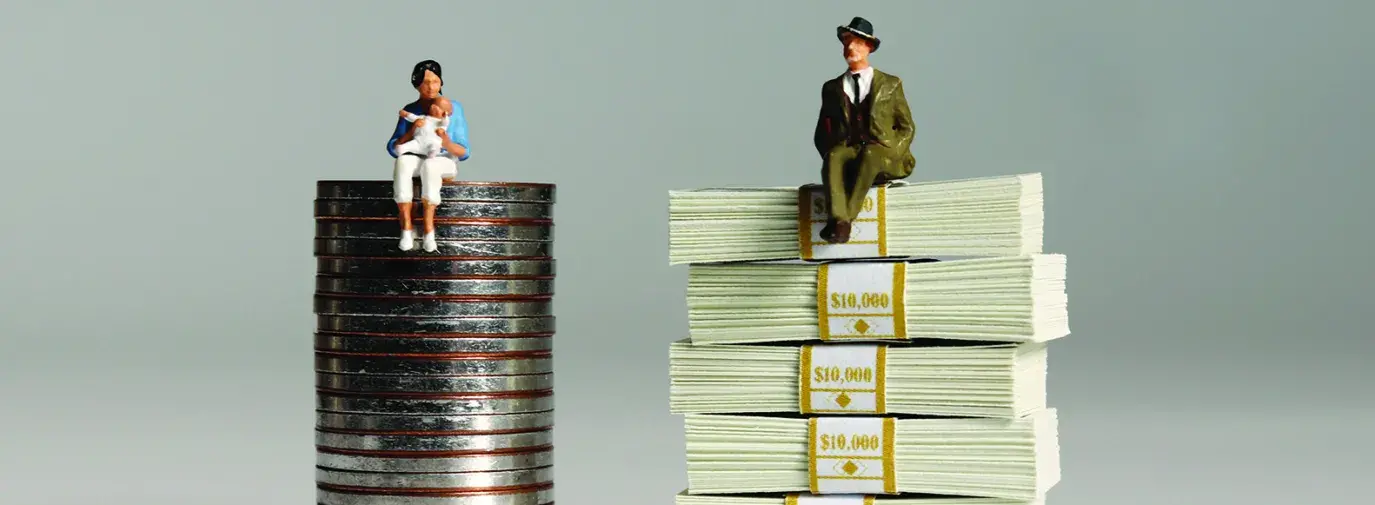
In the year since the global spread of the novel coronavirus, it seems fair to say every person on Earth has struggled. One in twelve Americans have been diagnosed with the virus since last January and well over 500,000 have died, according to the New York Times COVID-19 tracking project. As of September 2020, 25 percent of US adults say they or someone in their household has lost their job, according to Pew Research, and many of those lost health care coverage for themselves and their family along with their paychecks. For those who have been lucky enough to keep both their jobs and their health, they are likely to be grieving friends or family. Nearly everyone has had their normal lives turned upside down by isolation and fear for the future.
But it has been a great time to be a billionaire. There aren’t too many of them in the world, but those 660 ultra-rich have gotten even richer, with the wealth of billionaires rising 44 percent (over $1.3 trillion) between March 2020 and the end of January 2021, according to a report from Americans for Tax Fairness and the Institute for Policy Studies. With that $1.3 trillion, those 660 mostly white men could afford to give every US resident (including children and non-citizens) a $3,960 stimulus check and still be as rich as they were a year ago.
Those who were disproportionately affected by covid-19 are people of color, low-wage workers, and women— all people who our cultural and financial systems are already stacked against. In the wake of George Floyd’s murder and the Black Lives Matter demonstrations that followed, many people sought out Black-owned businesses to support. But the system had failed many already, as 41 percent of Black-owned businesses closed due to covid-19 by April 2020, compared to only 17 percent of white-owned businesses. According to Brookings analysis, businesses in “majority-minority neighborhoods” took longer to get approved for PPP loans than those in majority-white neighborhoods.
COVID-19 didn’t create the systems whose flaws became glaringly evident in 2020. Those systems were in place before in the case of unfair tax codes that favor companies and the ultra-rich (see “Out of the Loop”). In fact, in the past few decades, America’s wealthiest 1 percent have taken $50 trillion from the bottom 90 percent, according to a report by economists at RAND corporation. Government policies and services have proven to best serve those who make laws—white and wealthy Americans. Systems like public schools and healthcare systems prove to be an example of that.
These broken systems create conditions that can make it impossible to have what has been promised under this democracy—life, liberty, and the pursuit of happiness. But those who aim to rebuild our broken systems to be stronger and more equitable than before have not been stopped. For example, Black Americans who have led the charge, even under intense pressure, to come up with creative and kind solutions to violent problems (see “Defunding Dystopia, Reimagining Peace”). As Black Americans are still feeling the ripple-effect of enslavement, Black activists and allies are raising the profile of healing through the idea of reparations (see “How We Heal from Here”).
In our country’s farmlands, immigrants and migrant workers toil for meager wages where they cannot afford to eat the healthy food they harvest—so local organizers have created systems of support (see “Who Feeds the Farmworkers?”). And we can help all workers achieve a living wage. Economists and small businesses show a future where higher wages can truly support workers, in the US and abroad (see “More than the Minimum”).
Our systems may have broken down, but when we listen to and uplift those who are already rebuilding, we’ll be building a stronger, greener, more equitable future for the generations to come.







